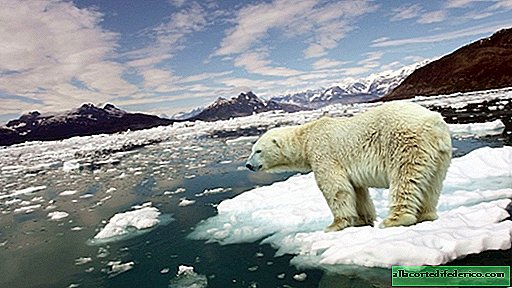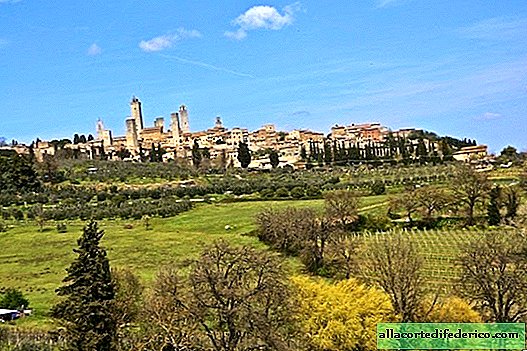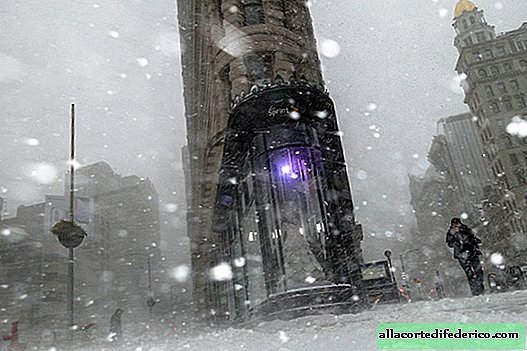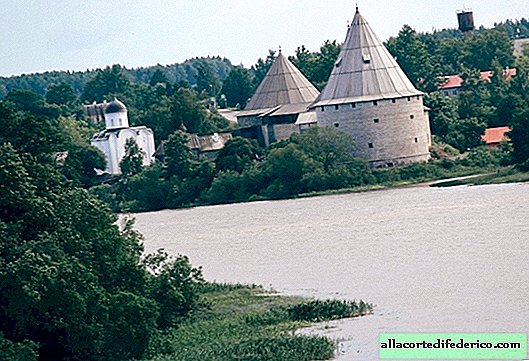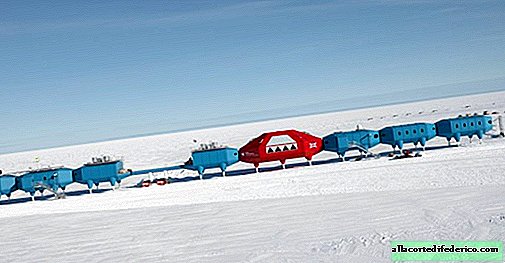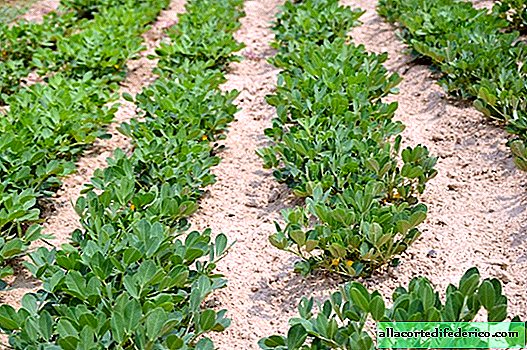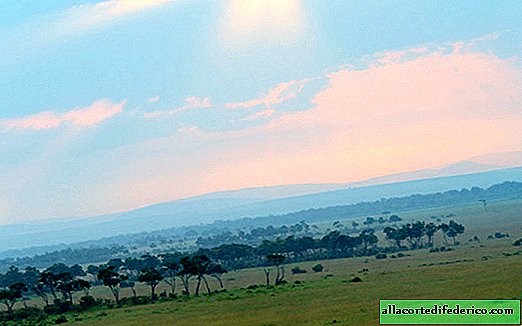California sags: the state began problems due to pumping groundwater
The American state of California seems like a real paradise, but this is only at first glance. In fact, this region in the western United States has several geographical features that significantly complicate the life of the local population. This is, first of all, the grandiose tectonic fault of San Andreas and, of course, the constant droughts that cause interruptions in the supply of fresh water and fires that annually occupy large areas. But, as NASA experts found out, these are far from the only difficulties for Californians; there are still a lot of problems ahead of them, due to the fact that a significant part of the state is experiencing significant subsidence of the soil.
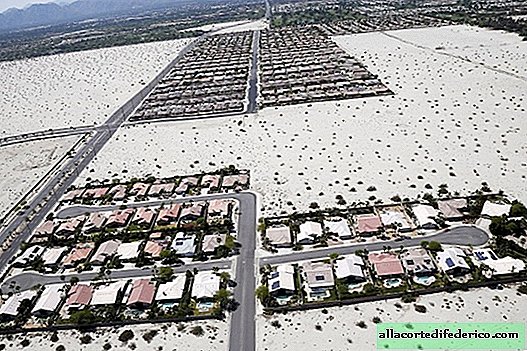 Typical California State Landscape
Typical California State LandscapeCalifornia is not very abundant, but has a high population density. This discrepancy has given rise to a number of problems related to the provision of water resources to the population. This is not only supplying small and large cities such as Los Angeles, San Diego or San Francisco, but also providing farmers. After all, California has developed agriculture, which plays an important role in the state economy. For uninterrupted water supply to almost 40 million people, there are more than 1000 reservoirs here, but they can not cope with the task. Groundwater production plays a huge role in the region’s water supply. It was pumping fluid from deep horizons that led to the emergence of a new problem - subsidence of soils. The voids formed after pumping water are almost not filled with water, since this requires a significant amount of precipitation and much more time. These cavities cause changes in the structure of the earth's crust, which provoke subsidence of soils.
 The map shows the scale of soil subsidence in the San Joaquin Valley, according to satellite data
The map shows the scale of soil subsidence in the San Joaquin Valley, according to satellite dataAccording to satellite materials, namely, an estimate using aerospace data allows you to most accurately measure the dynamics of the height of the terrain, in the San Joaquin Valley in the north of the state there is a rapid subsidence. In some places, the soil sags annually by 20-30 centimeters, which leads to the formation of cracks in the earth's surface. And when analyzing the available historical information, it turned out that over the past 100 years, the level of the valley has decreased by 8.5 meters compared to the rest of California.
 California has several canals supplying water from north to south
California has several canals supplying water from north to southThese geological processes will soon affect state infrastructure. Ground subsidence can destroy not only buildings, but also freeways, as well as the numerous water channels and locks that pierced California. The state authorities are seriously concerned about the problem and are looking for ways to reduce the amount of groundwater withdrawal.
 Tehran city
Tehran city







